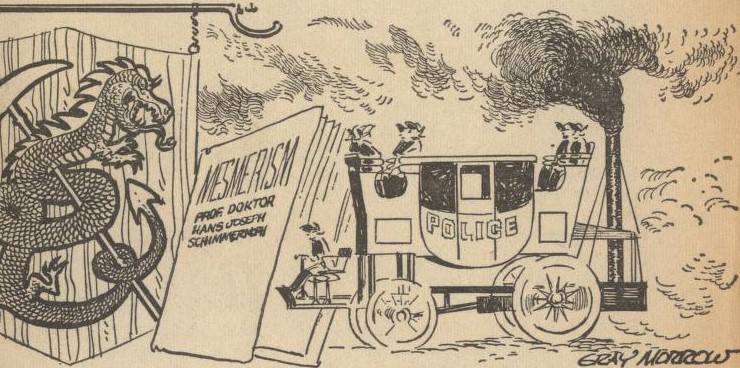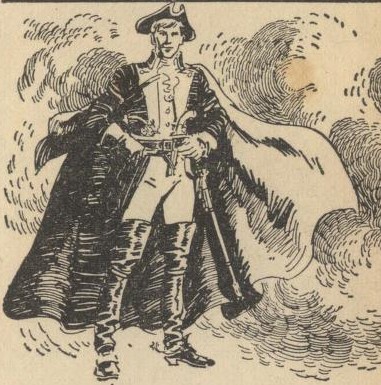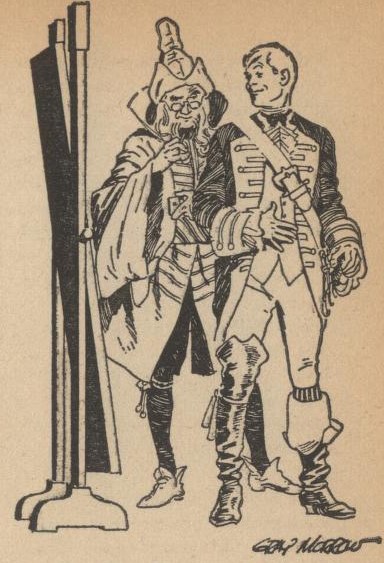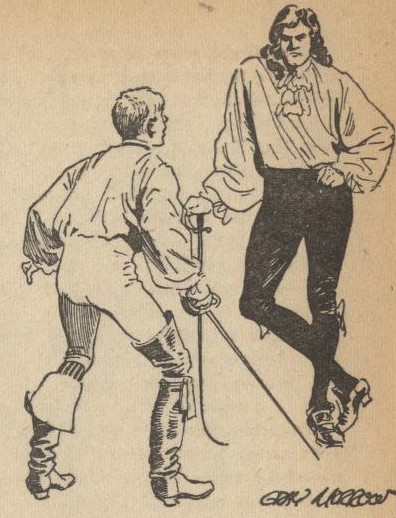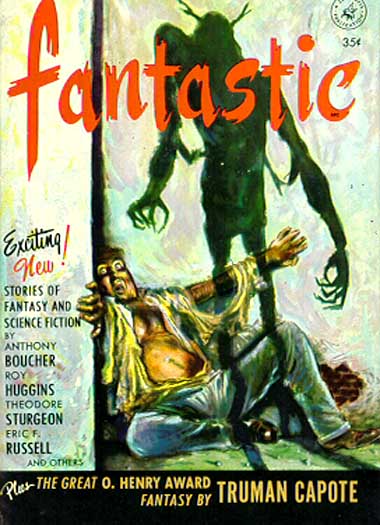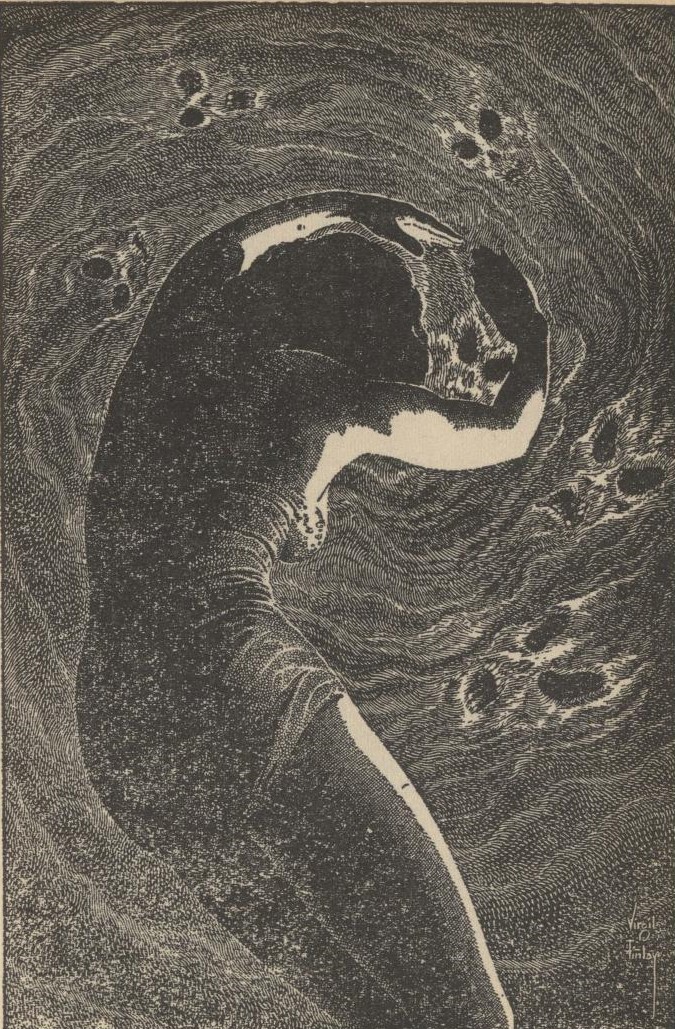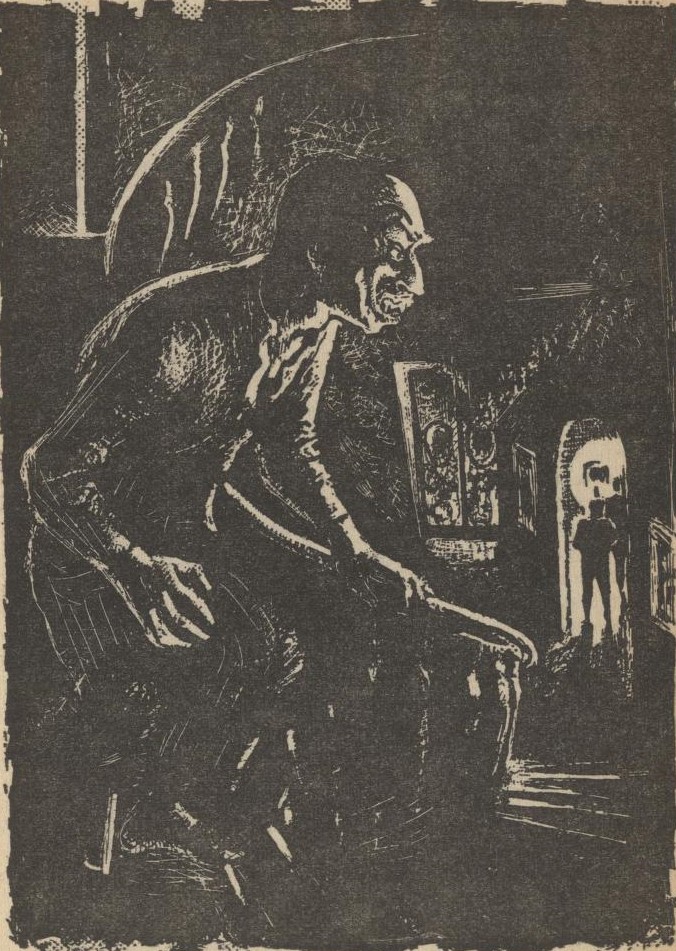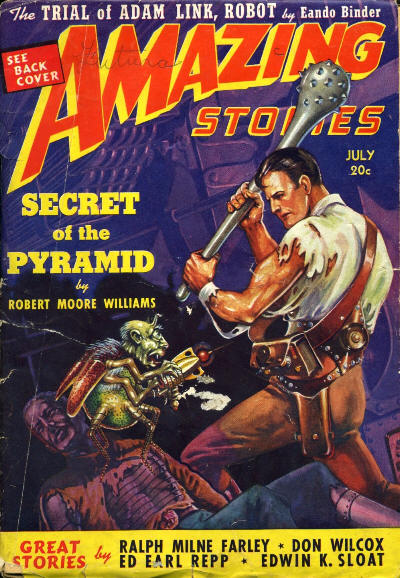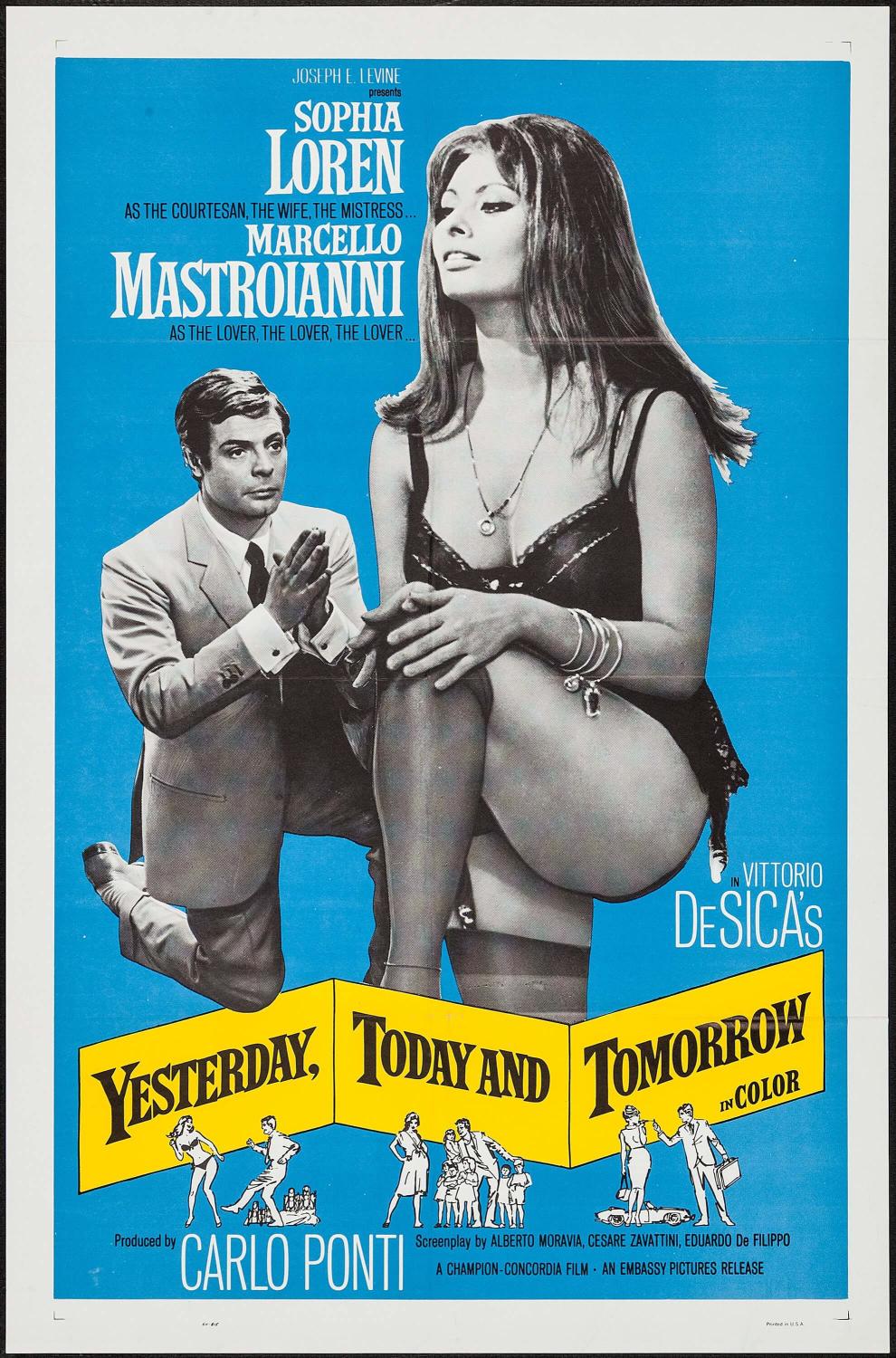
by Victoria Silverwolf
He's No Saint
Yesterday the Vatican announced that more than forty saints have been removed from the official liturgical calendar of the Catholic Church. How come? Because there's some serious doubt that these holy folks ever existed.
The most famous of these former saints is Christopher, patron of travelers. There are plenty of people with Saint Christopher medals hanging from the rear view mirrors of their cars, hoping for safe journeys.

A typical Saint Christopher medal. Note the infant Jesus carried on his back.
The story goes that Christopher (whose name, appropriately, means Bearer of Christ) carried the baby Messiah across a river. I guess we'll never know now how He made it. Perhaps He crawled on water.
Long Hair Music
I'm sure that ex-Saint Christopher will continue to be associated with a divine youth. In this modern age, what could be more associated with secular youth than the hippie movement? The popularity of the musical Hair is proof of the cultural importance of these groovy young people.
Further evidence, if any be needed, is the fact that Aquarius/Let the Sunshine In, a medley of two songs from Hair performed by The 5th Dimension, has been Number One in the USA since the middle of April, and shows no signs of leaving that position anytime soon.

Maybe I'm prejudiced in the song's favor because I'm an Aquarius.
Bildungsroman
Fittingly, the latest issue of Fantastic is dominated by the first half of a new novel in which we see the main character develop from a child to a young adult.

Cover art by Johnny Bruck.
The cover is, as usual, borrowed from an issue of the German magazine Perry Rhodan.

What happened to the green halo around the sphere in the upper right corner?
Editorial: Don't, by Laurence M. Janifer
The associate editor tells us why writing is a bad career choice. Although the piece is intended to be humorous, I can't help feeling that there's a trace of true bitterness to it.
No rating.
Emphyrio (Part One of Two), by Jack Vance

Illustrations by Bruce Jones.
Taking up half the magazine, this initial segment begins with a bang. We witness our protagonist, Ghyl Tarvoke, held prisoner in a tower. His skull is cut open and his brain attached to a sinister device. His captors manipulate his mind, bringing him from a vegetative state to one where he is able to answer questions, but lacks the imagination to lie. The torturers want to know why he committed serious crimes before they kill him.
After this dramatic opening we go into a flashback. Ghyl is the son of a woodworker. They live on a planet that was colonized so long ago that Earth is just a legend. Centuries ago, a war devastated the place where they live. Wealthy and powerful people restored basic services and now rule as lords, collecting taxes from their underlings.

Ghyl and a friend sneak into the spaceport where the aristocrats keep their private starships.
Ghyl's father engages in the forbidden activity of duplication; that is, he builds his own device that allows him to make copies of old manuscripts. (Other forms of duplication are also illegal; everything has to be made by hand.) He eventually pays a very heavy price for his crime.
In what starts as a joke, Ghyl runs for mayor (a purely symbolic office, but one that might offer the possibility of changing the oppressive laws of the lords) under the nom de guerre of Emphyrio. This half of the novel ends just as the election is about to take place.
Vance is a master at describing exotic settings and strange cultures, and his latest work is a particularly shining example. I have failed to give you any idea of the novel's complex and detailed background. (Vance is the only SF author I know who can get away with the copious use of footnotes to explain the worlds he creates.) Ghyl and the other characters are very real, and their world seems like a place with millennia of history.
If I have to have a few minor quibbles, I might say that the novel (with the exception of the shocking opening scene) is very leisurely and episodic. Readers expecting an action-packed plot may be a bit disappointed. Personally, I found Ghyl's world fascinating.
Four stars (and maybe even leaning toward five.)
The Big Boy, by Bruce McAllister
The only other original work of fiction in this issue is a blend of science fiction and religious fantasy. Space travelers, including clergy, discover a galaxy-size, vaguely humanoid being deep in the cosmos. It manipulates stars and planets. An attempt to communicate with it yields a garbled message that seems to indicate that it is God. A clearer version of the message reveals something else.
I didn't really see the point of this story. The second version of the message isn't some big, shocking twist, but rather a slight modification of the original. (That's how I saw it, anyway, although the characters react wildly to it.)
Two stars.
On to the reprints! They all come from old issues of Fantastic, instead of the usual yellowing copies of Amazing Stories and Fantastic Adventures.
The January/February 1953 issue of the magazine supplies this comedy.

Cover art by Robert Frankenberg.
A con artist rents a bungalow from a married couple. He drops hints that he's from centuries in the future. Revealing his identity as a time traveler would be a capital offense in his future world, or so he convinces them. The plan is to have them bring him a fortune in diamonds that he can supposedly duplicate for them.

Illustration by David Stone.
This is an amusing little jape. The author has a good time making fun of time travel stories and science fiction in general. (The wife is a reader of SF magazines, tearing off the covers with their scantily clad space women.) It's a minor work, and you'll see the ending coming a mile away, but it's worth a chuckle or two.
Three stars.
The Opal Necklace, by Kris Neville
The very first issue of the magazine (Summer 1952) is the source of this horror story.

Cover art by Barye Phillips and Leo Summers.
The daughter of a witch living way back in the swamp marries a man from New York City. The witch warns her that she will always be a part of the swamp. She gives her daughter a string of opals, each one of which contains one of the husband's joys.

Illustration by Leo Summers.
When the marriage inevitably falls apart, the woman turning to booze and cheap affairs, she destroys the opals, one by one. The first time, this causes the death of the man's pet dog. It all leads up to a tragic ending.
Besides being an effective chiller, this is a very well-written story with a great deal of emotional power. The woman is both victim and villain. The reader is able to empathize with her, no matter how reprehensible her actions may be.
Four stars.
The Sin of Hyacinth Peuch, by Eric Frank Russell
This grimly comic tale comes from the Fall 1952 issue.

Cover art by Leo Summers.
A series of gruesome deaths occurs in a small town in France. They all happen near a place where a meteorite fell. Only the village idiot knows what is responsible.

Illustration by Leo Summers also.
Does that sound like a comedy to you? Me neither. The basic plot is a typical science fiction horror story, but the author treats it with dry humor. Frankly, I found it in questionable taste, and not very funny.
Two stars.
Root of Evil, by Shirley Jackson
A tale from a truly great writer comes from the March/April issue.

Cover art by Richard Powers.
A man places an ad in the newspaper offering to send money to anybody who writes to him. Sure enough, folks who send in a request get the cash. We see several people react to this strange ad in different ways. At last, we learn about the fellow giving away all this loot.

Illustration by Virgil Finlay.
I was expecting a lot from the author of the superb short stories The Lottery and One Ordinary Day, With Peanuts as well as the excellent novels The Haunting of Hill House and We Have Always Lived in the Castle. I didn't get it. The initial premise is interesting, but the story fizzles out at the end.
Two stars.
The same premiere issue that gave us Kris Neville's dark story of an unhappy marriage offers this sentimental tale from the Good Doctor about a happy one.

Illustration by David Stone.
A lovey-dovey couple are on a train. A strange little man sits across from them with a box that says WHAT IF in big letters. He doesn't say a word, but he shows them a glass panel that allows them to see what would have happened if they had not met the way they did.
This isn't the most profound story ever written, but it makes for very pleasant reading. The message seems to be that some people are truly meant for each other, and that things tend to work out for the best. An optimistic point of view, to be sure, but it will probably appeal to the old softy inside all of us.
Three stars.
Fantasy Books, by Fritz Leiber and Hank Stine
Leiber has high praise for the dark fantasy novel Black Easter by James Blish (I agree; it's very good) and the story collection A Glass of Stars by Robert F. Young, particularly noting the latter's skill with love stories. (I agree with that also.)
Although it's not a book, the column includes an appreciation of the supernatural soap opera Dark Shadows by Hank Stine.
No rating.
Worth Spending Your Youth On?
This was a pretty good issue, despite a couple of disappointments. The Jack Vance novel is clearly the highlight. If you'd rather skip the rest of the magazine, you can always read an old literary classic.


![[May 10, 1969] Youth (June 1969 <i>Fantastic</i>)](https://galacticjourney.org/wp-content/uploads/2024/04/COVERSMALL-672x372.jpg)


![[June 10, 1967] Music To Read By (July 1967 <i>Fantastic</i>)](https://galacticjourney.org/wp-content/uploads/2022/05/fantastic_196707-2-1.jpg)



















![[December 8, 1966] Flesh and Blood (January 1967 <i>Fantastic</i>)](https://galacticjourney.org/wp-content/uploads/2021/11/Fantastic_v16n03_1967-01_0001-4-672x372.jpg)

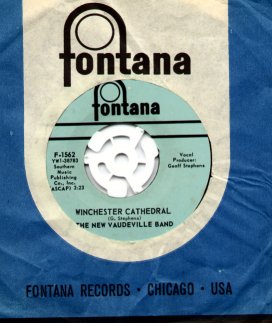
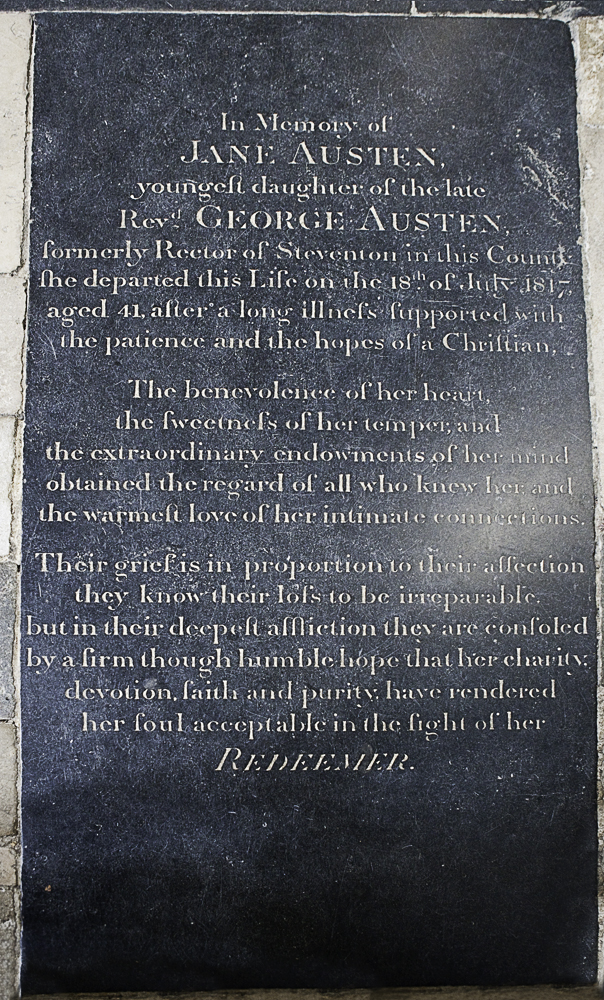
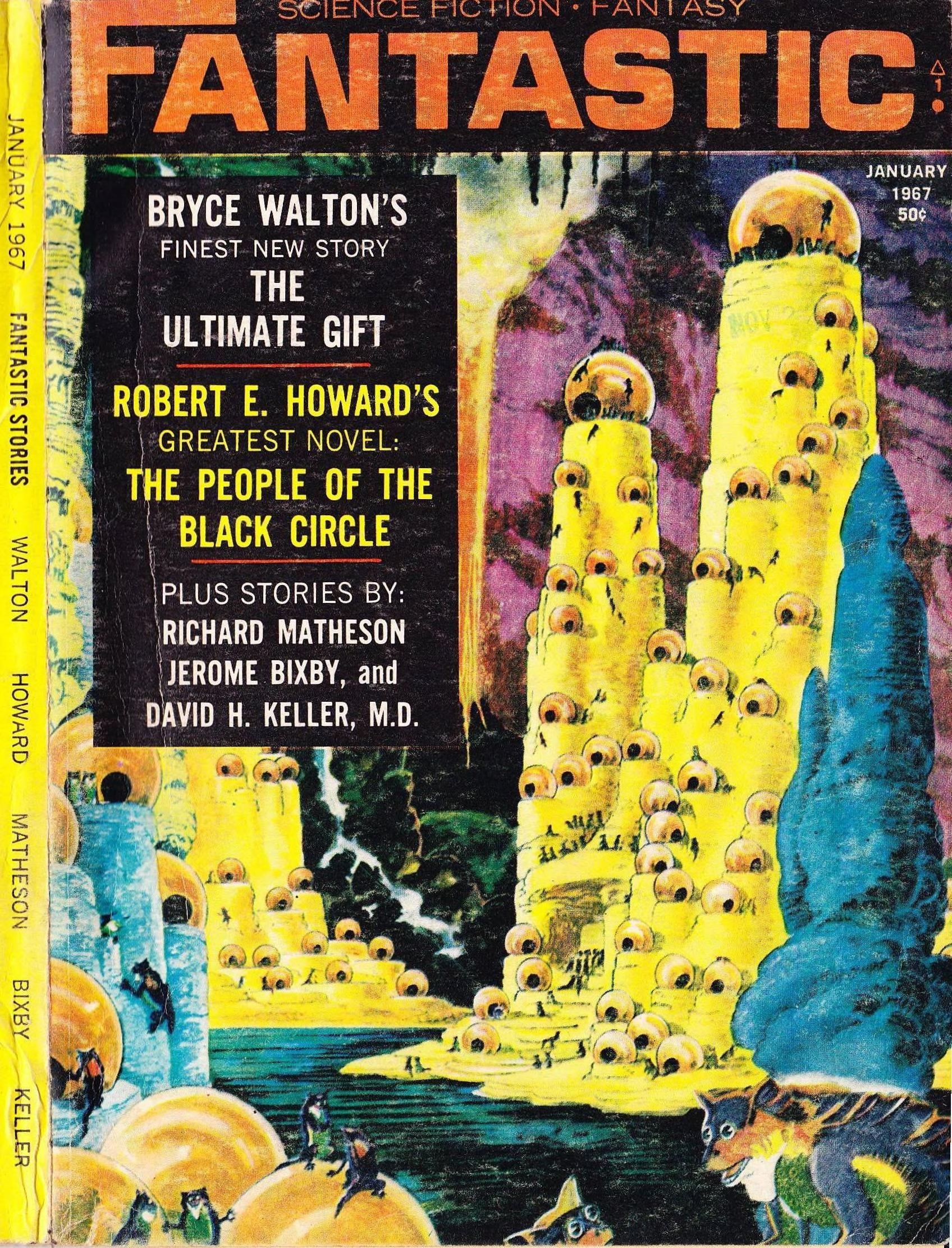
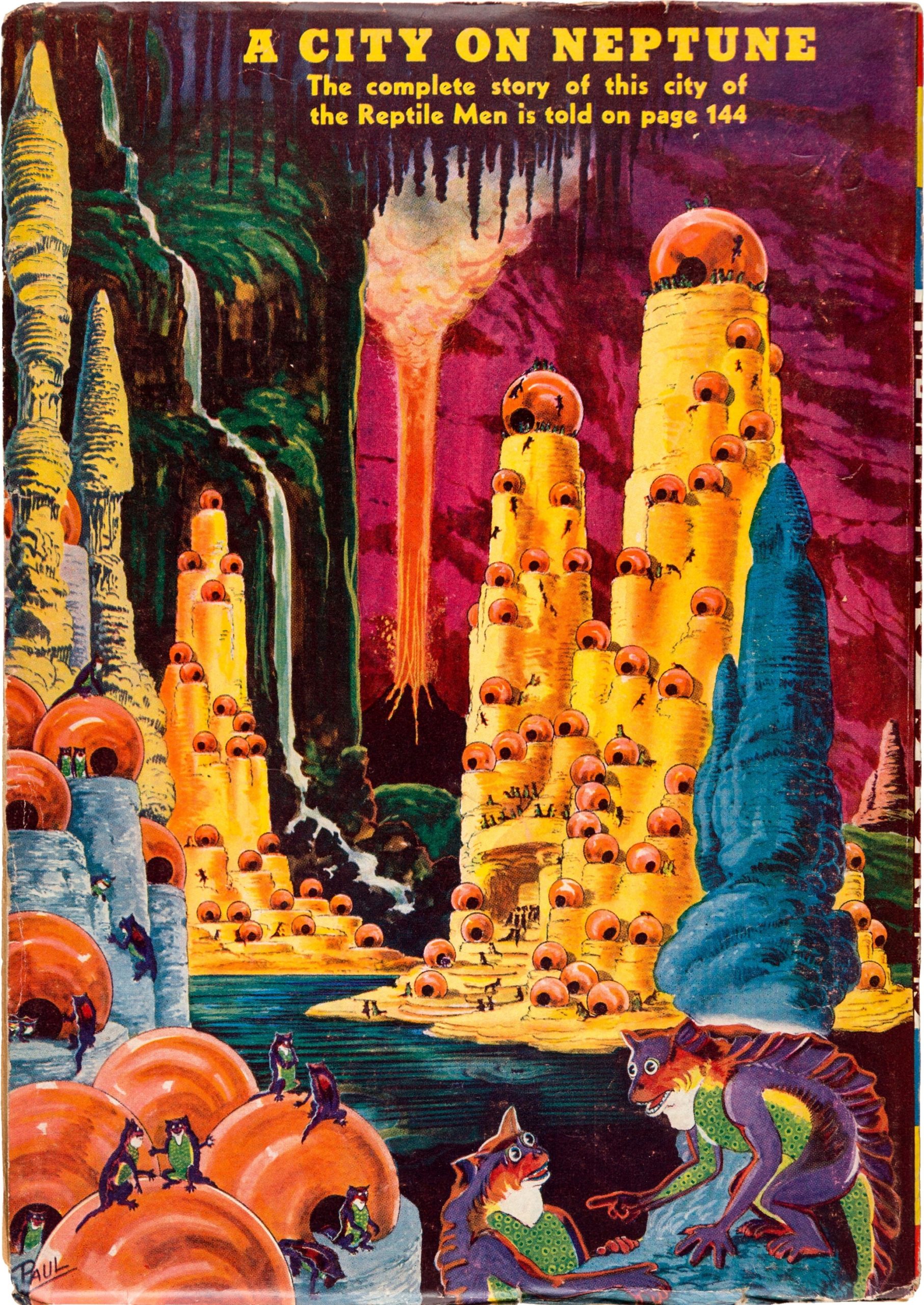

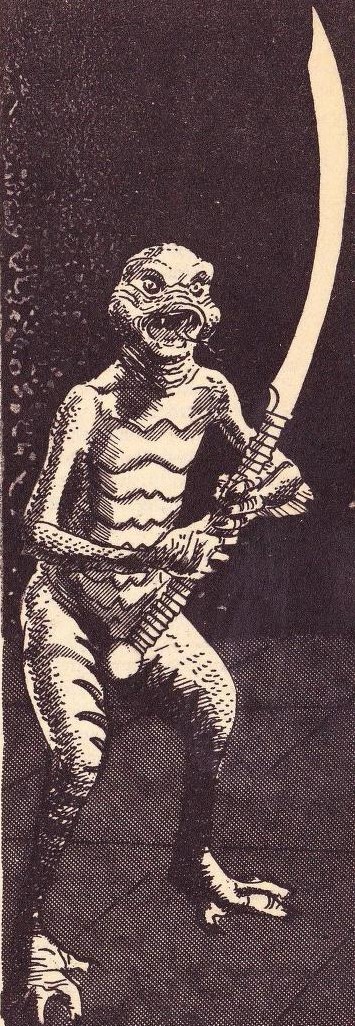
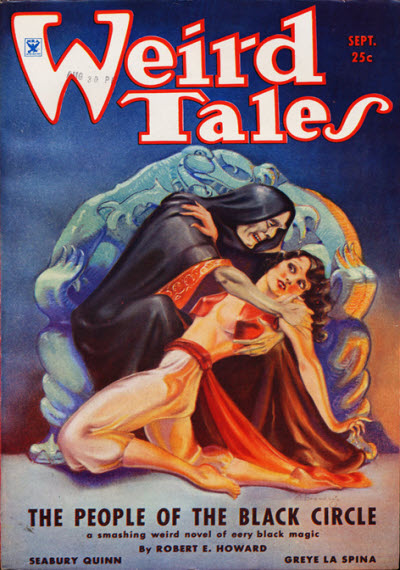
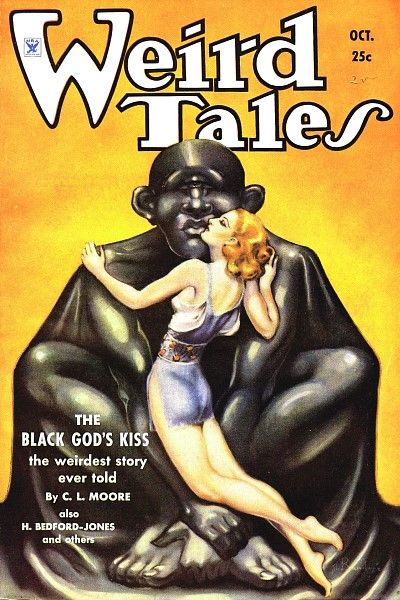
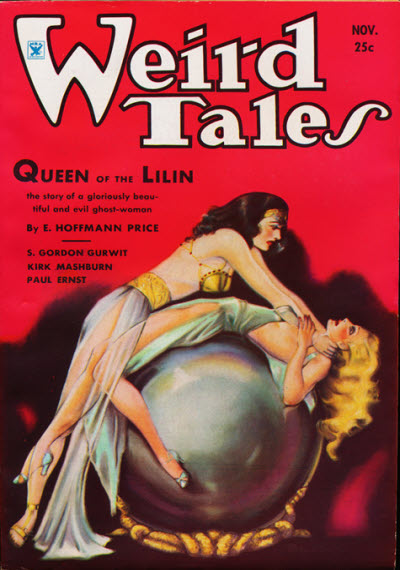
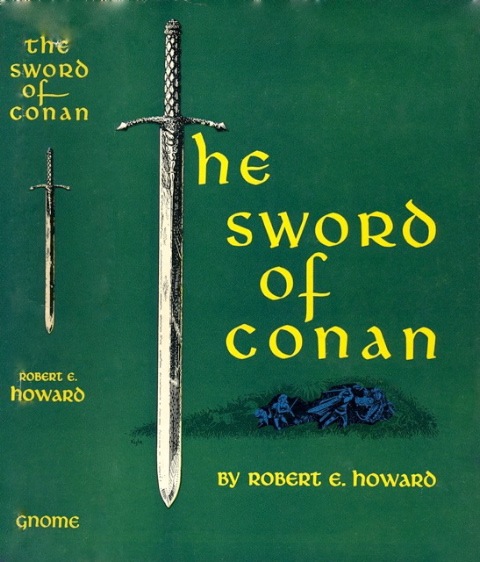
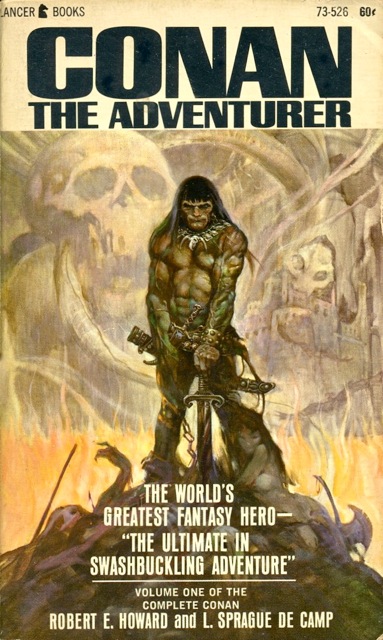
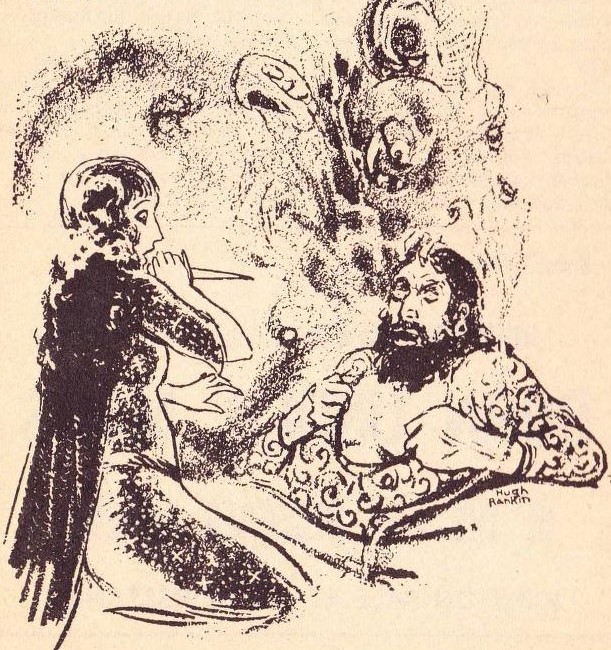
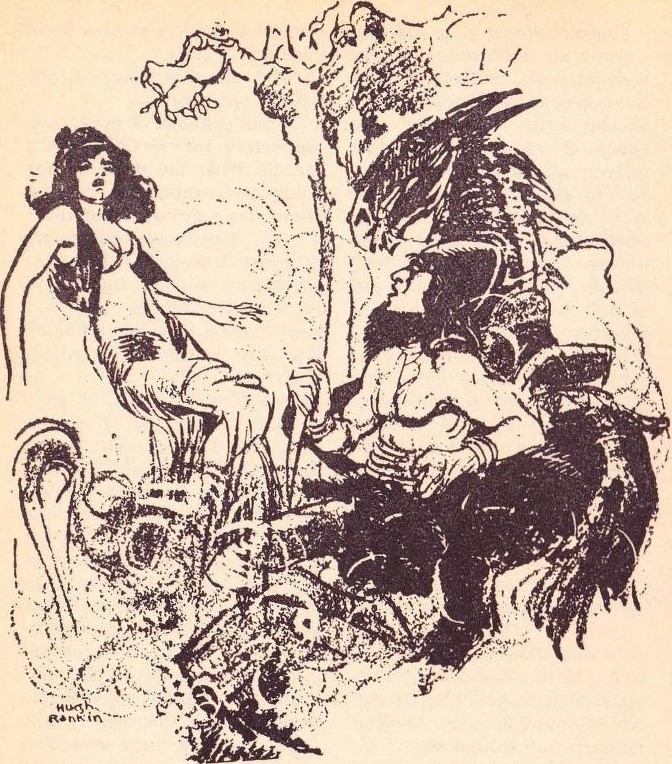
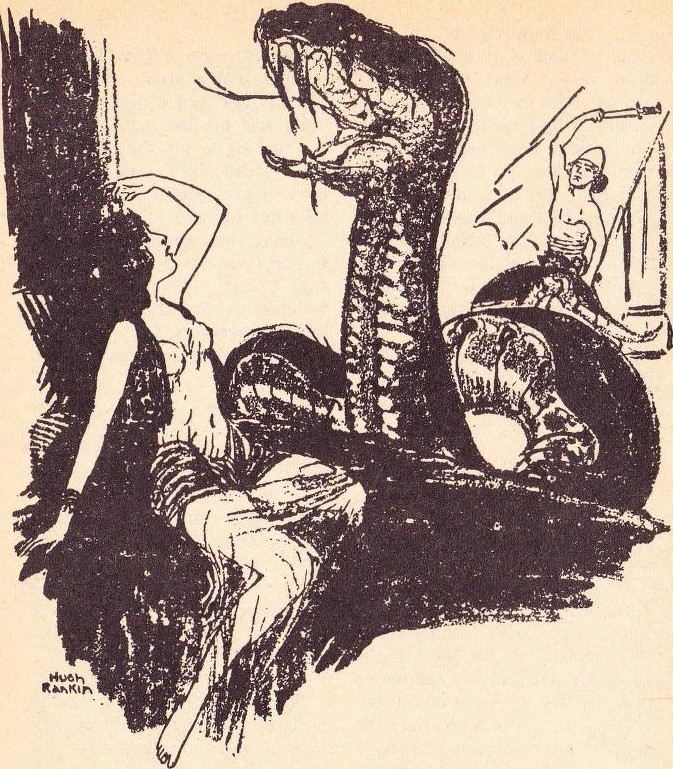
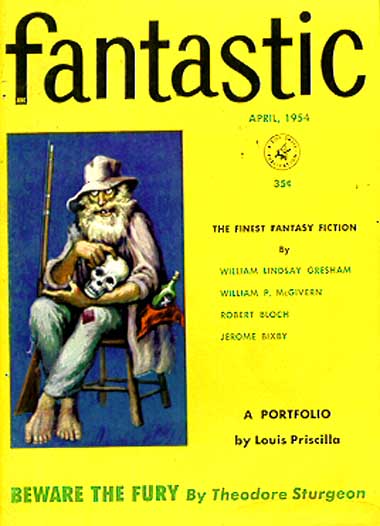
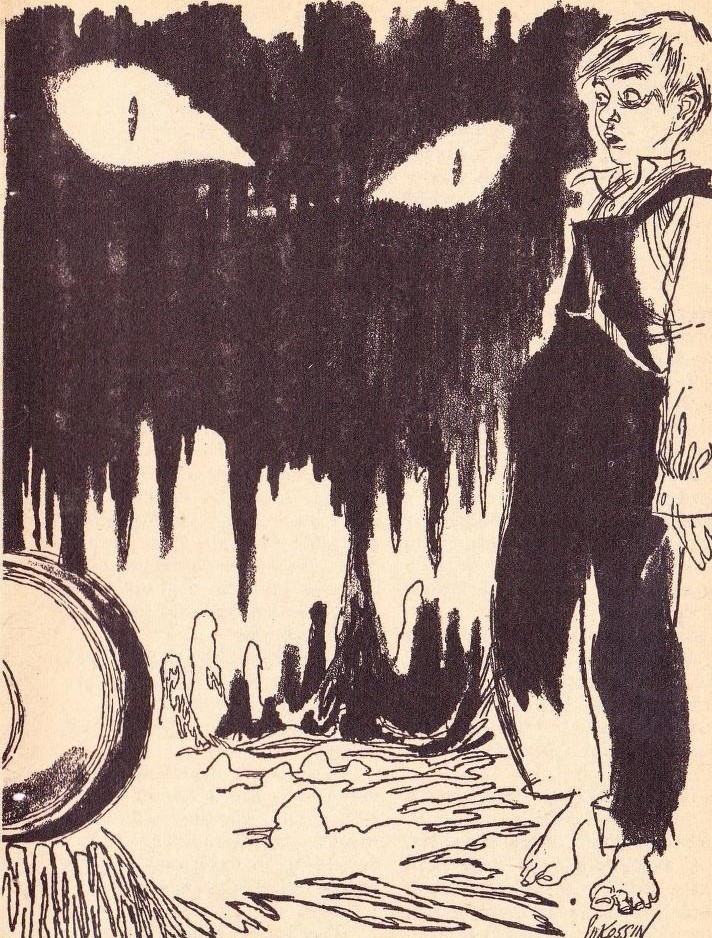

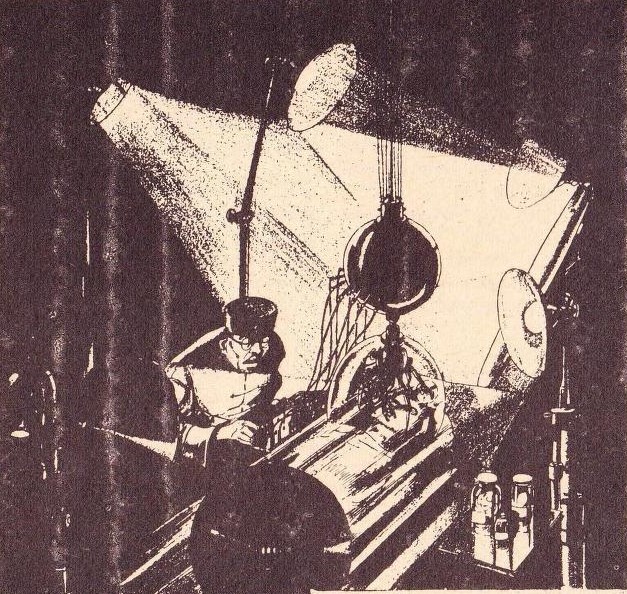
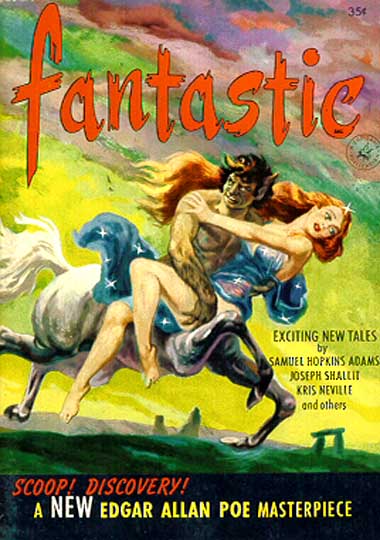
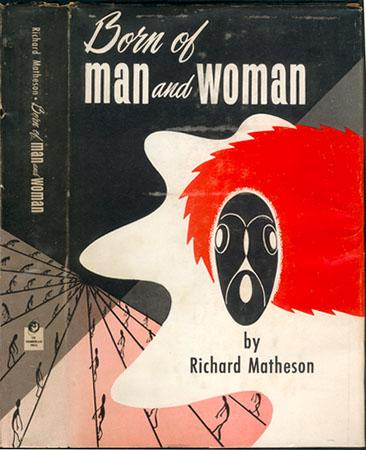

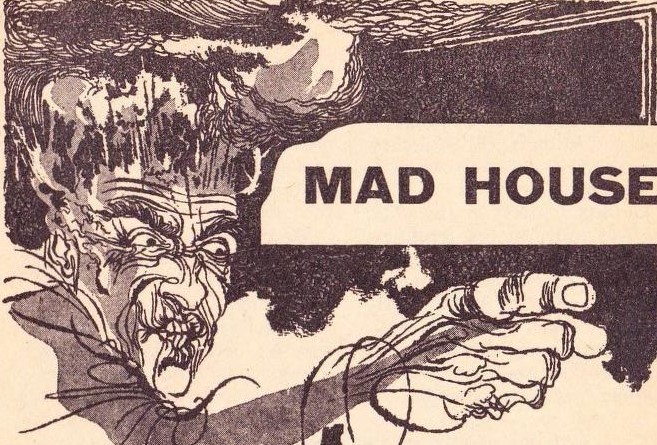
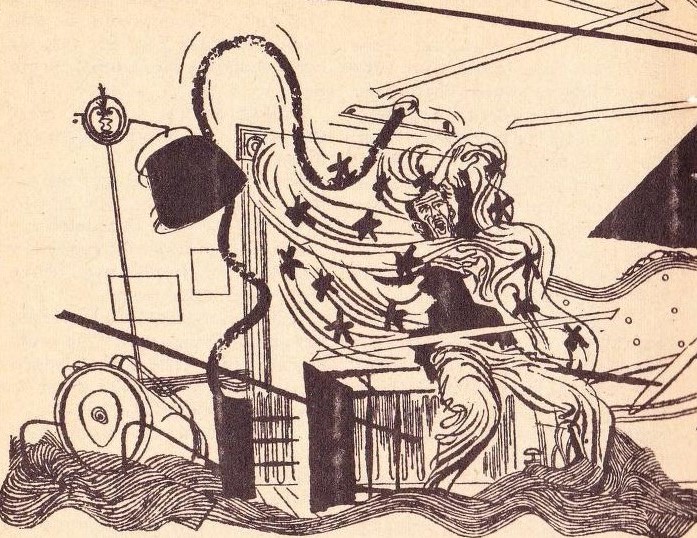

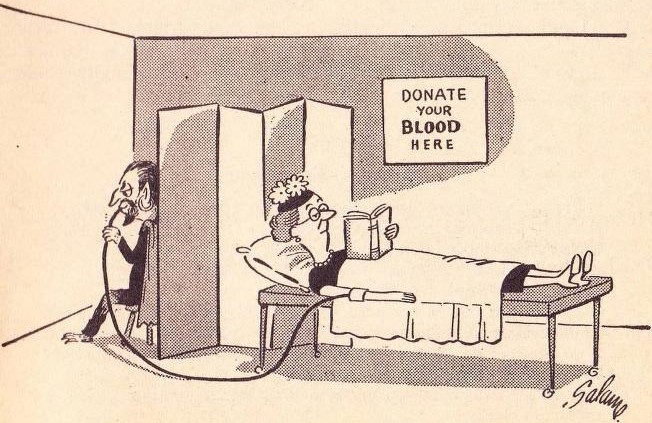

![[June 10, 1966] Summer Reruns (July 1966 <i>Fantastic</i>)](https://galacticjourney.org/wp-content/uploads/2021/05/fantastic_196607-2.jpg)


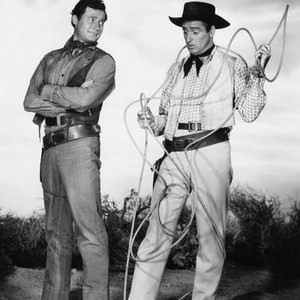

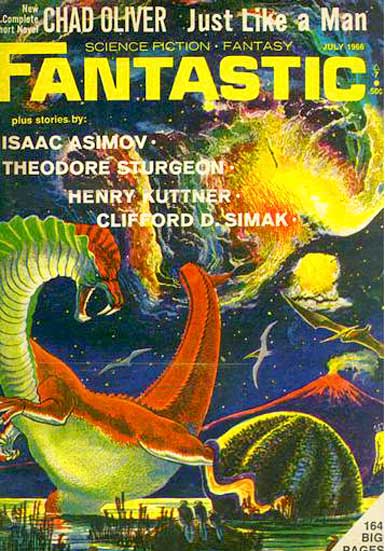


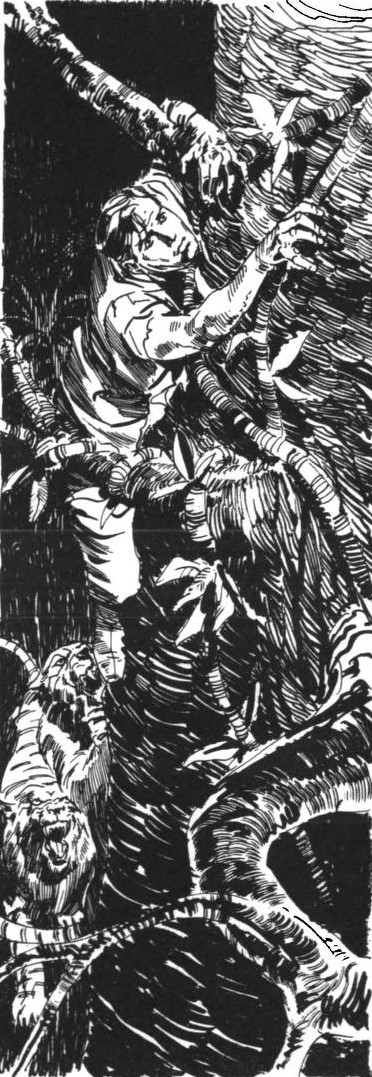

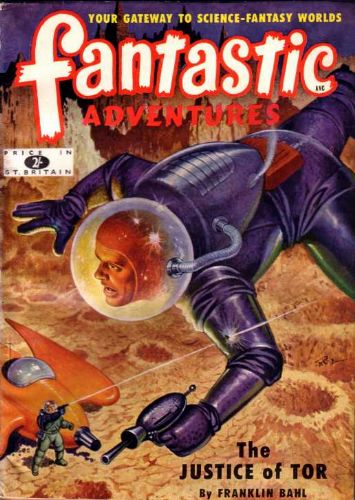
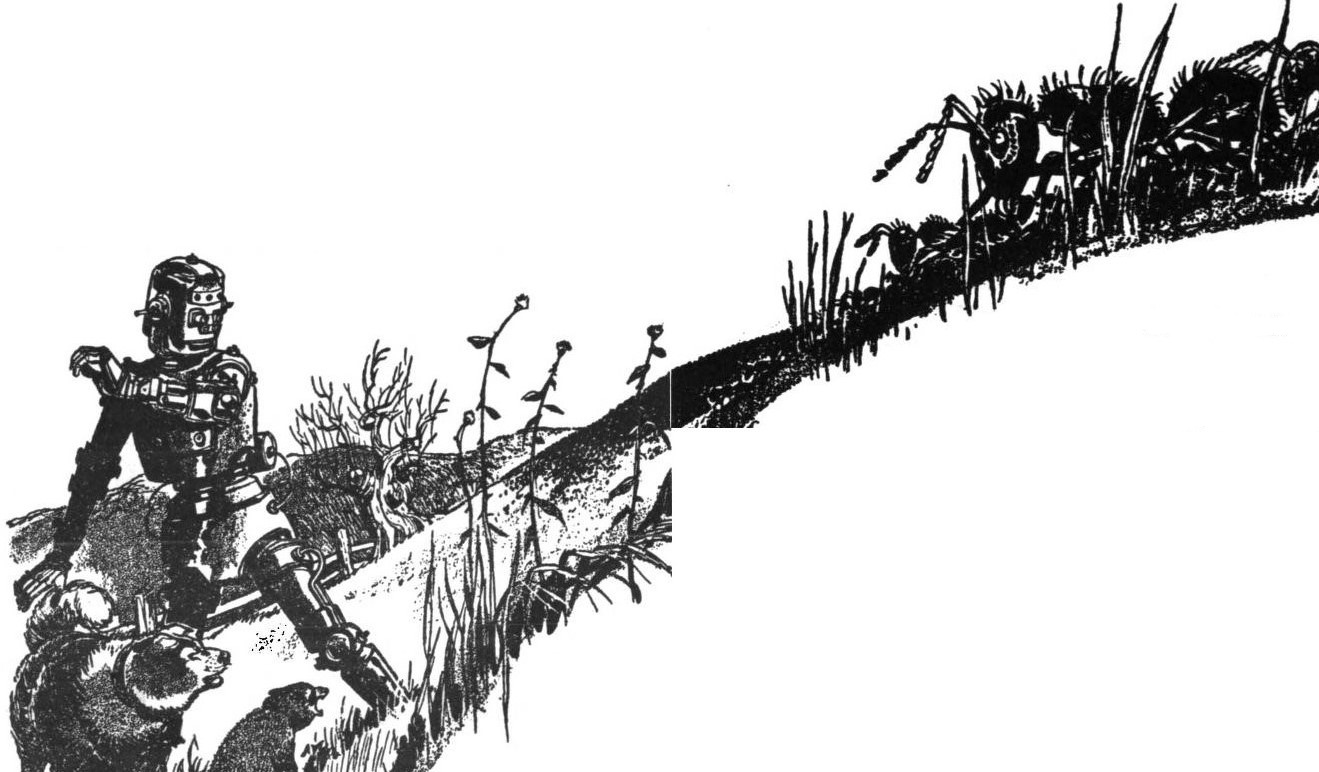
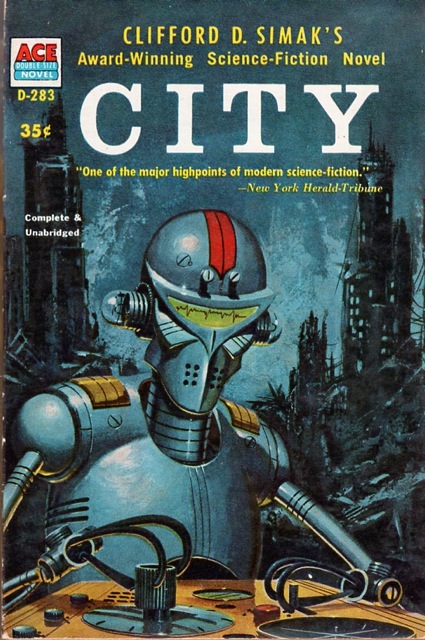
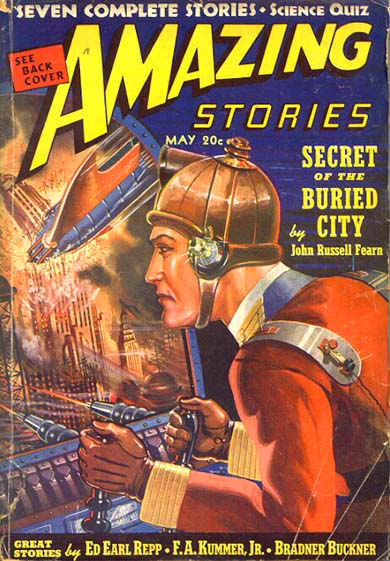
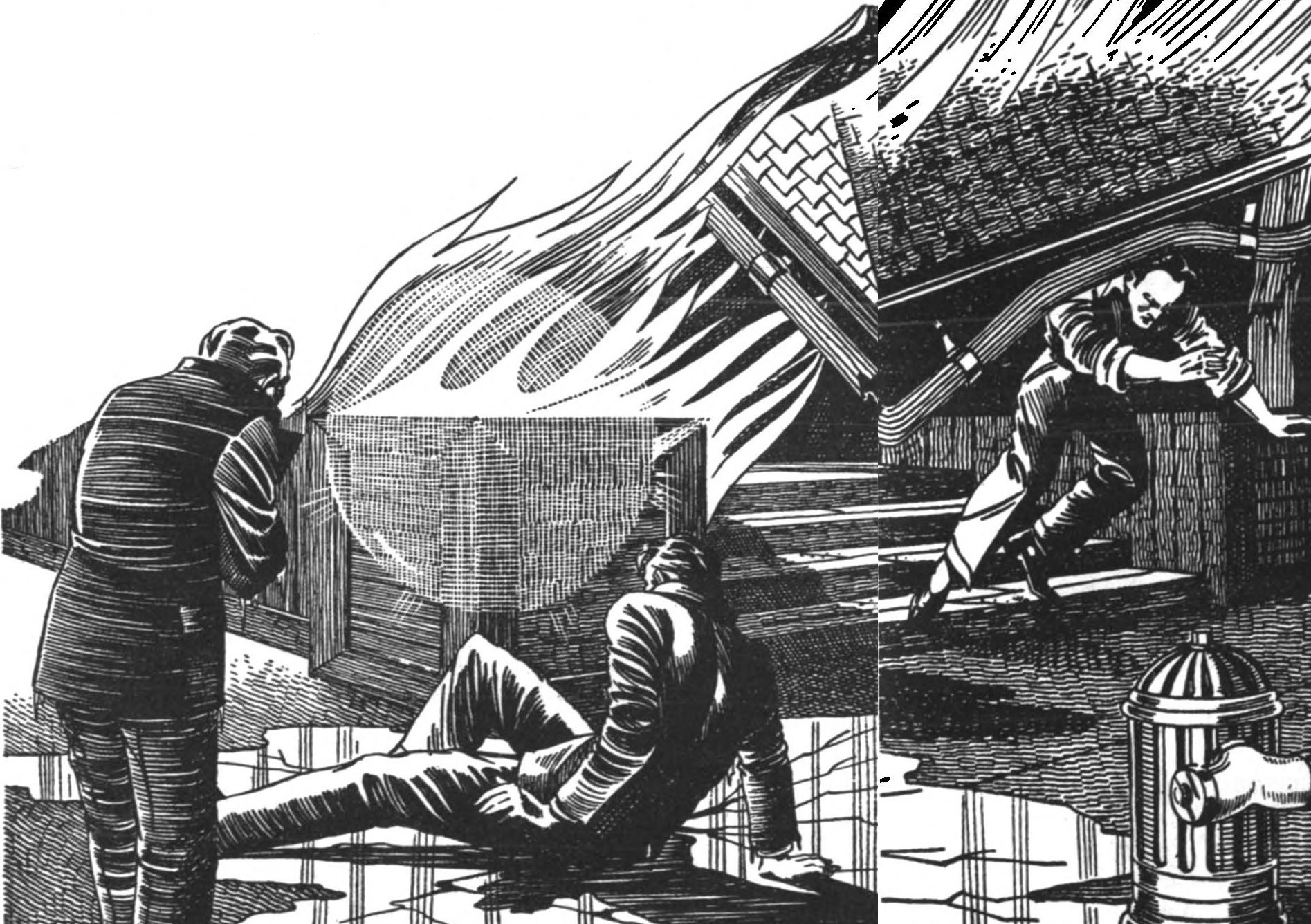
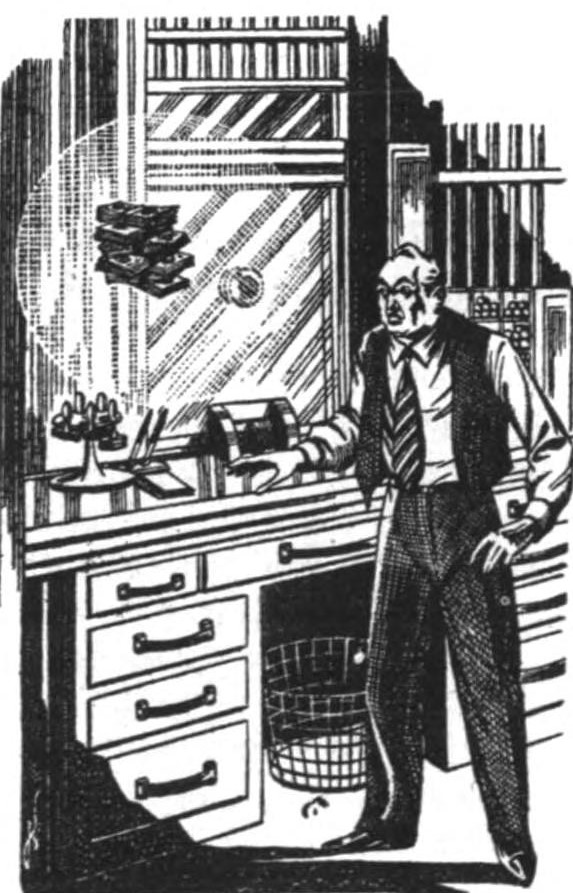
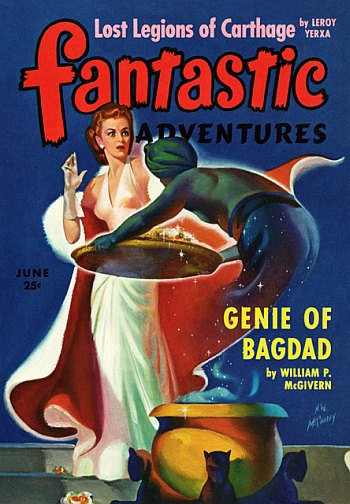

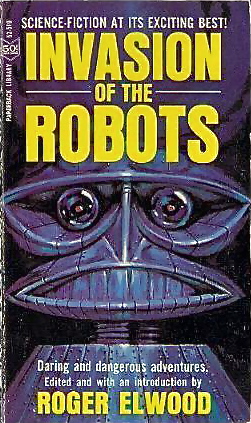
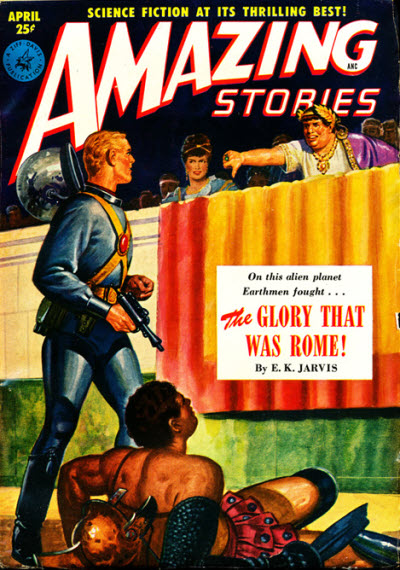


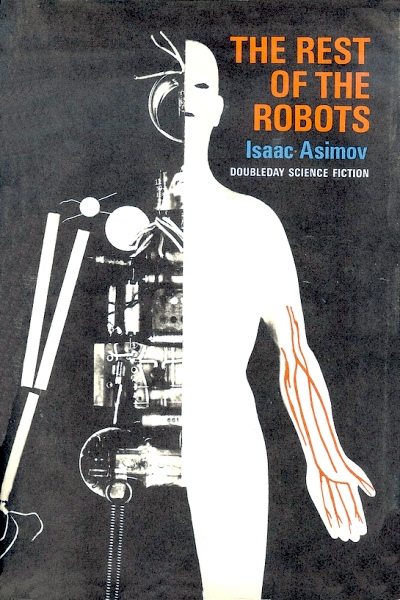
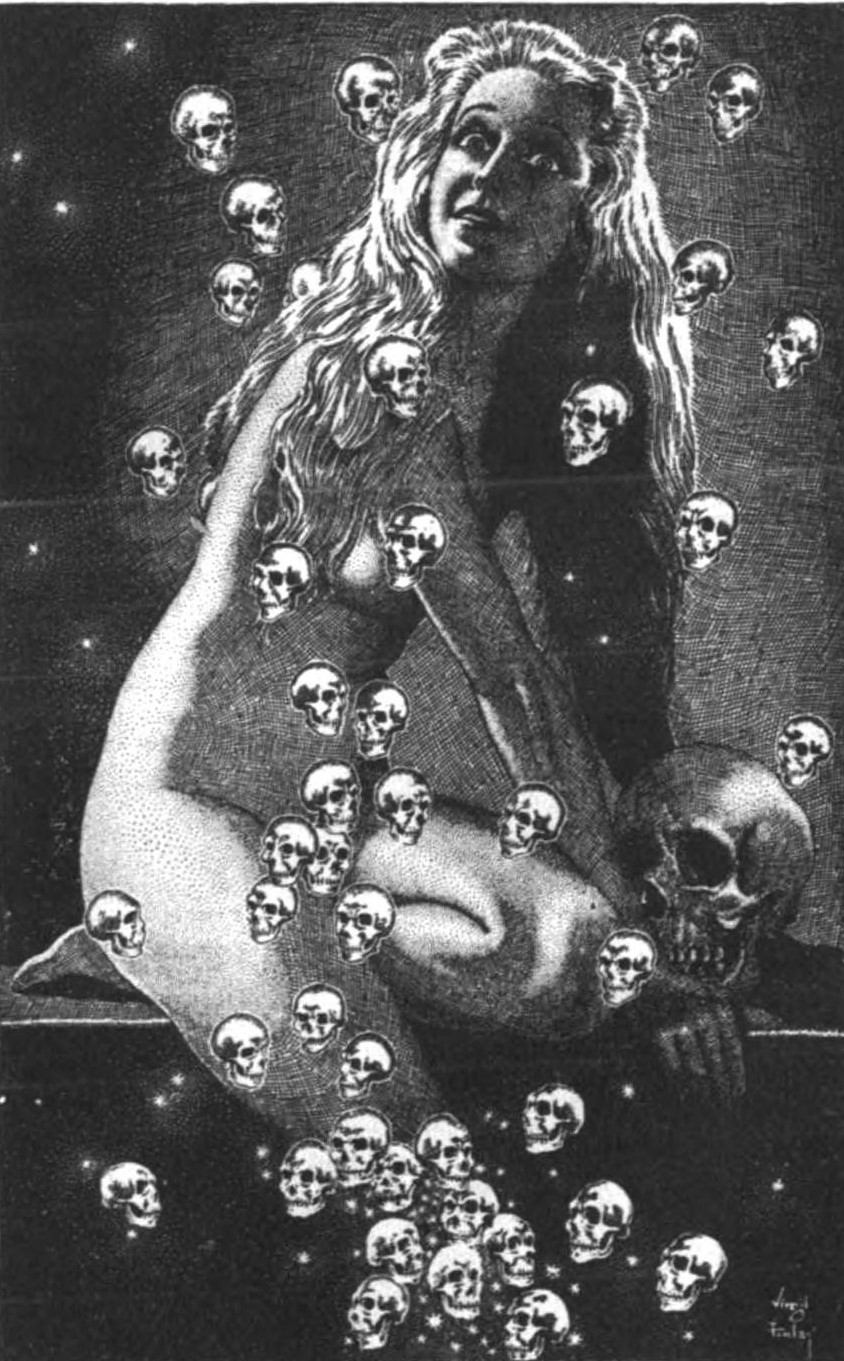



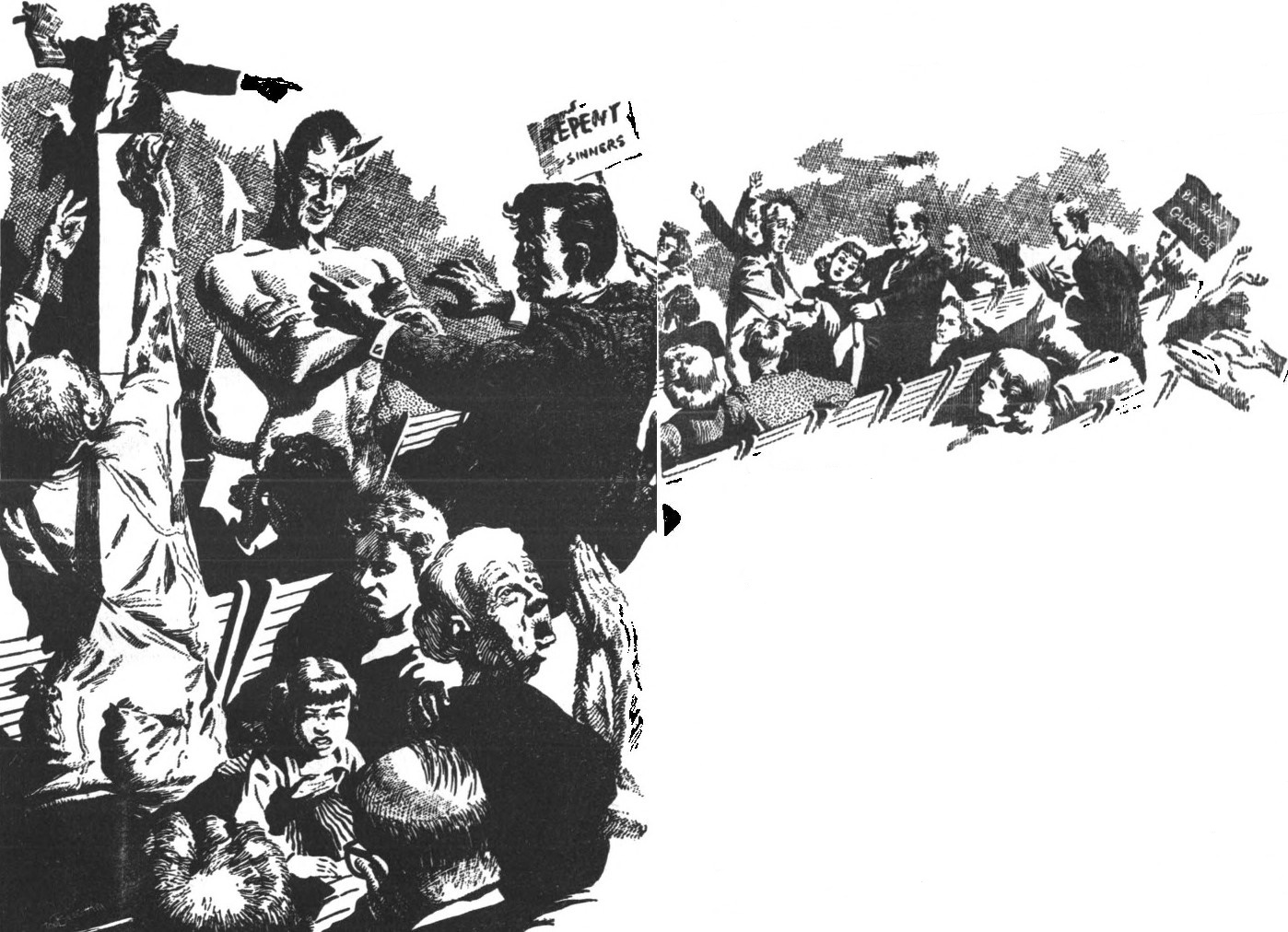
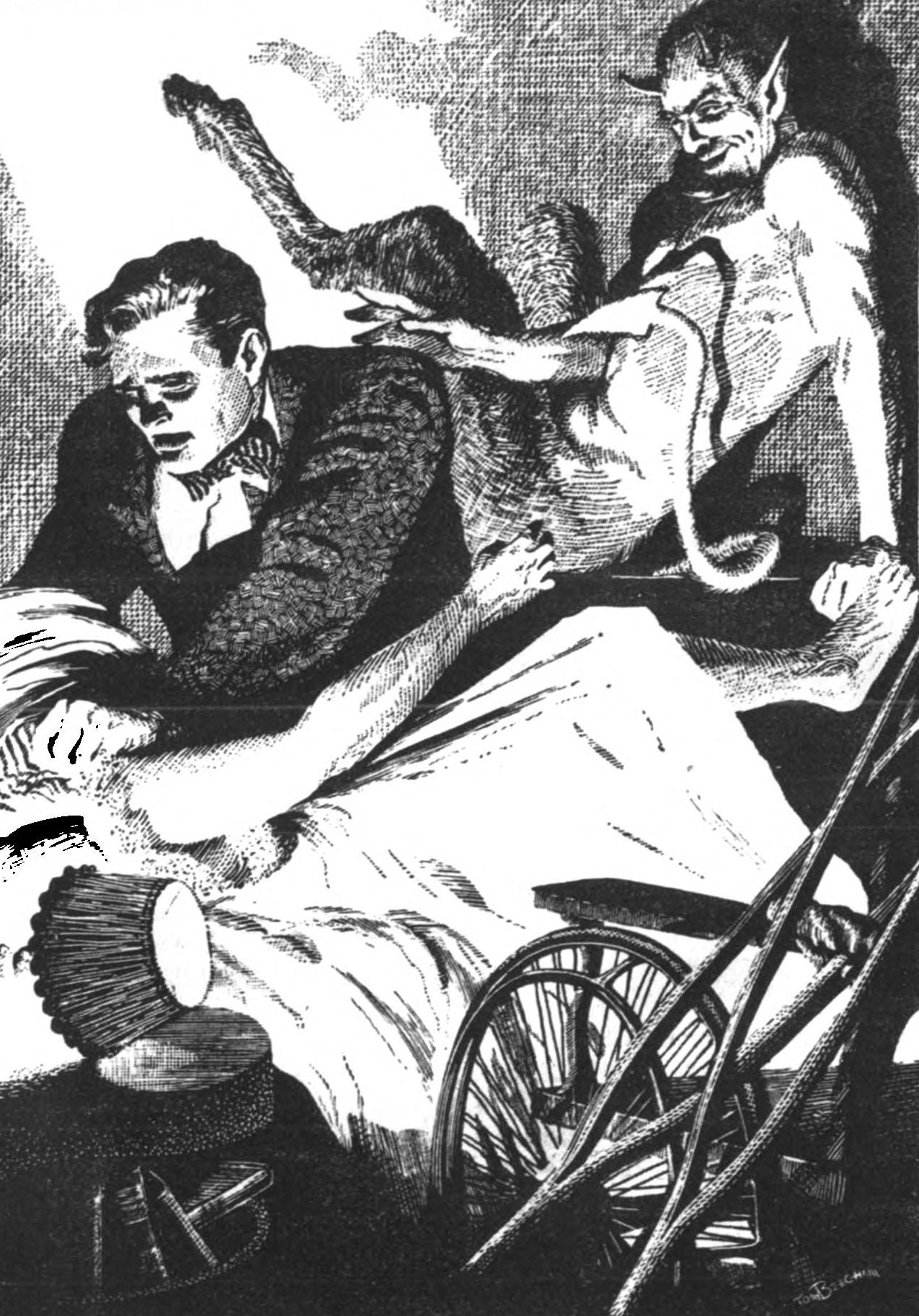

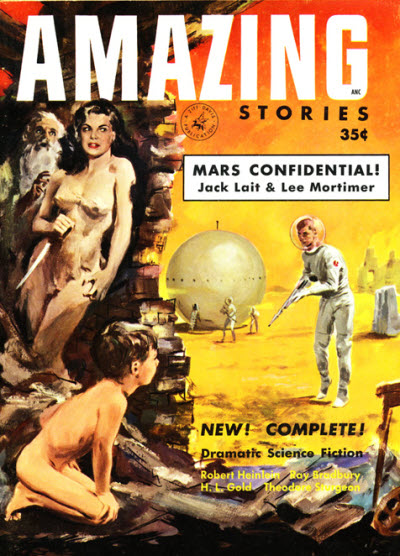
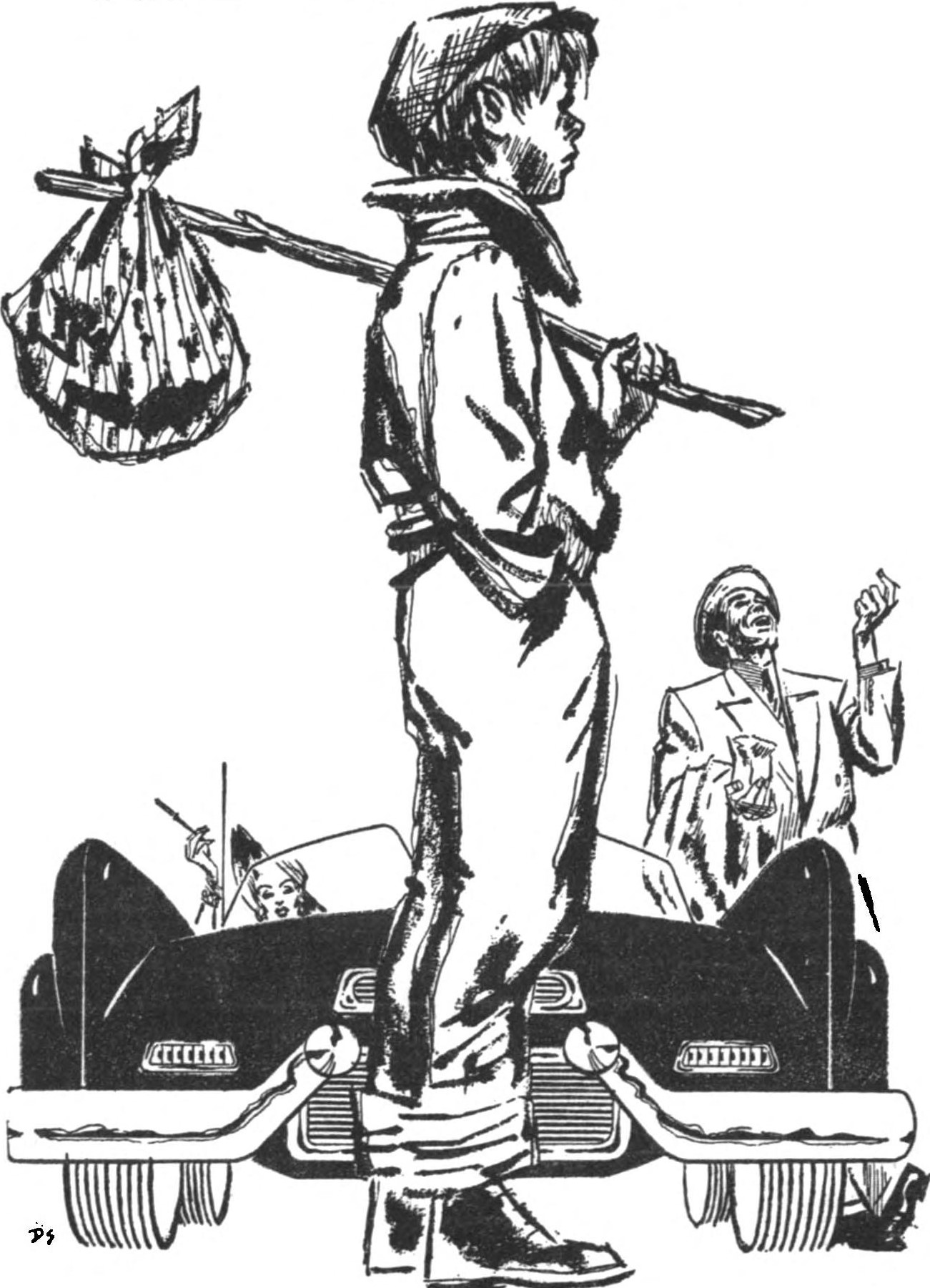

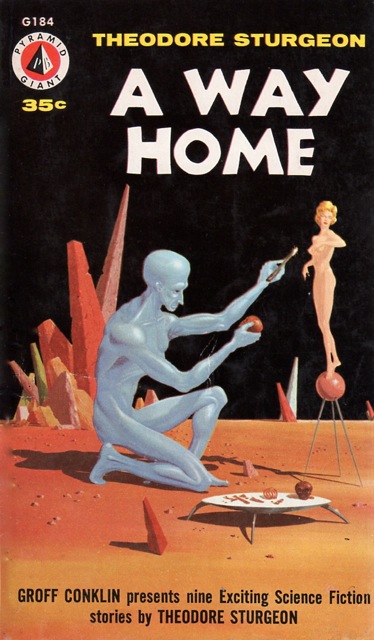
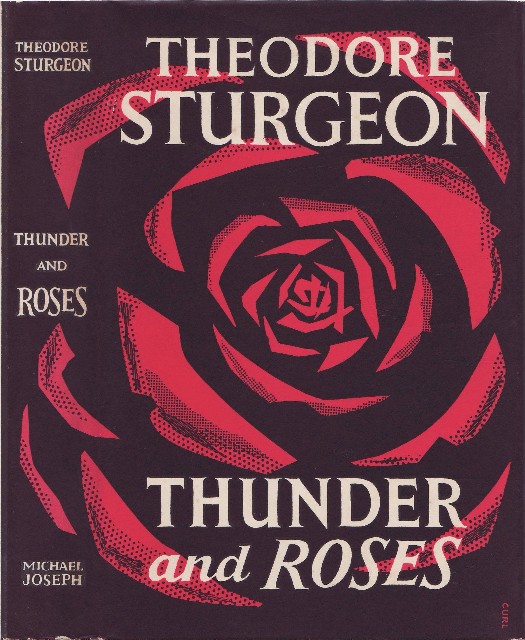
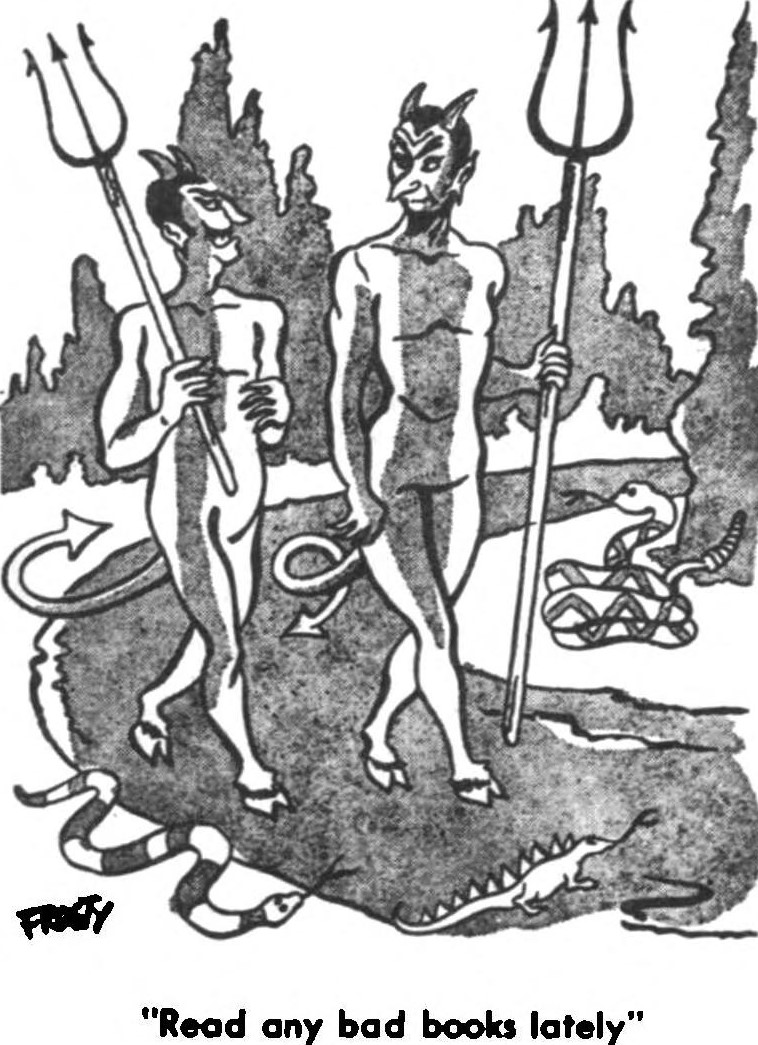


![[December 14, 1965] Expect the Unexpected (January 1966 <i>Fantastic</i>)](https://galacticjourney.org/wp-content/uploads/2020/12/Fantastic_v15n03_1966-01_0000-3-672x372.jpg)

















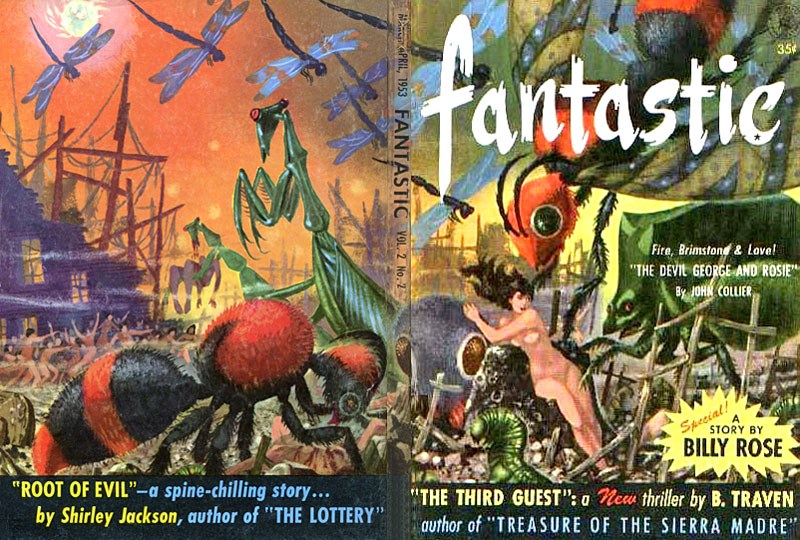




![[October 22, 1965] Yesterday, Today, and Tomorrow (November 1965 <i>Fantastic</i>)](https://galacticjourney.org/wp-content/uploads/2020/10/Fantastic_v15n02_1965-11_Lenny_Silv3r_0000-2-672x247.jpg)





